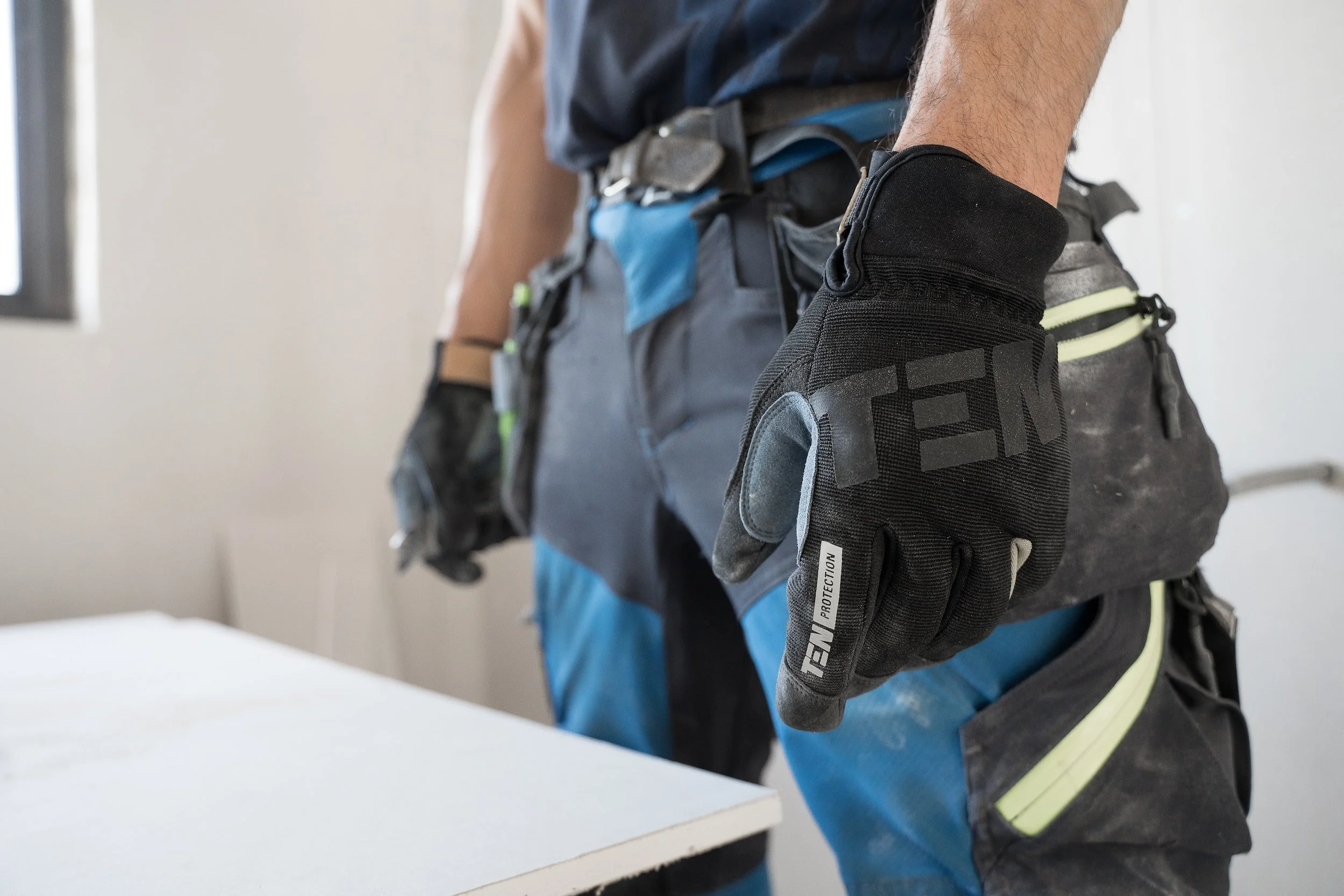Tax Depreciation FAQ
Tax Depreciation FAQ
What is depreciation?
As a building gets older and items within it wear out, they depreciate in value. The Australian Taxation Office (ATO) allows property investors to claim a deduction relating to the building and fixtures it contains. Depreciation can be claimed by any owner of an income-producing property. This deduction essentially reduces the investment property owner’s taxable income.
What is a depreciation schedule?
A depreciation schedule is a comprehensive report that outlines the depreciation deductions claimable by investment property owners on the property’s building structure and its fixtures and fittings within it. A depreciation schedule prepared by a specialist quantity surveying firm, such as BMT Tax Depreciation is one of the best ways that you can maximise the cash return from your investment property each financial year.
If a residential property was built before 1987, is it too old?
No, investment properties do not have to be new. Both new and old properties will attract some depreciation deductions. It is a common myth that older properties will attract no claim. Previous years’ tax returns can also be adjusted. If a property owner has not maximised their depreciation deductions, the ATO allows investors to adjust the previous two financial years’ tax returns.
How does my Tax Depreciation Specialist calculate a building’s age?
The age of the building can be determined by obtaining council documents with dates pertaining to the original application approval date or the occupancy certificate date and final inspection date. Your quantity surveyor will conduct the relevant searches to accurately determine the age of a building. This includes historical council searches regarding lodged development applications, as well as occupancy certificates and certified final inspections.
What is the difference between plant and equipment and capital works?
Plant and equipment (division 40) assets are items that can be ‘easily’ removed from the property, as opposed to items that are permanently fixed to the structure of the building. Plant and equipment assets also include electronically or mechanically operated items, even though they may be fixed to the structure of the building.
Plant and equipment assets include, but are not limited to:
Carpets
Hot water systems
Ovens
Blinds
Rangehoods
Cook-tops
Door closers
Garage door motors
Freestanding furniture
Air conditioning systems
Capital works (division 43) are based on the historical construction costs of the building and include such items as bricks, mortar, walls, flooring, and wiring.
Why does the depreciation schedule last forty years?
The ATO has determined that any building eligible to claim the building write-off allowance has a maximum effective life of forty years from the date construction was completed. The owner can generally claim up to forty years of depreciation on a brand new building, whereas the balance of the forty-year period is claimable on an older property.
Can the building owner claim renovations that were completed by the previous owner?
Yes, anything in the property that is part of a previous renovation will be estimated by our Quantity Surveyors and deductions calculated accordingly. This includes items that may not be so obvious, for example, new plumbing, waterproofing, and electrical wiring. For capital works improvements to qualify for the division 43 building write-off, they must have commenced construction within the qualifying dates.
Should I bother having my property inspected?
It is best practice to inspect properties where a tax depreciation schedule is to be completed. This ensures that we can identify all assets and maximise the depreciation deductions available. This also ensures our schedules are fully compliant with the guidelines set out by the Australian Institute of Quantity Surveyors (AIQS), the Royal Institute of Chartered Surveyors (RICS), and that are required by the ATO.
Doesn’t my accountant take care of this?
No, your Tax Accountant has a different license from a Tax Depreciation Accountant and ree not able to complete this type of work for you. A tax Depreciation Specialist works directly with your accountant to ensure that your depreciation claim is maximised each financial year for your investment property.
The ATO states that quantity surveyors are one of the only recognised professions with the appropriate construction costing skills to estimate construction costs for depreciation purposes.
Who is qualified to estimate construction costs for depreciation purposes?
Quantity surveyors are qualified under the tax legislation TR97/25 to estimate construction costs for depreciation purposes and are one of a few select professionals who specialise in providing depreciation schedules. Ensure a depreciation specialist like BMT is used to prepare a depreciation schedule.
If you have any questions regarding Tax Depreciation, reach out to THE EXPATRIATE Tax Depreciation Specialist Bradley Beer from BMT Tax Depreciation. Bradley Beer (B. Con. Mgt, AAIQS, MRICS, AVAA) is the Chief Executive Officer of BMT Tax Depreciation. Please contact 1300 728 726 or visit bmtqs.com.au for Australia-wide service.
The Expatriate always tries to make sure all information is accurate. However, when reading our website, please always consider our Disclaimer policy.



